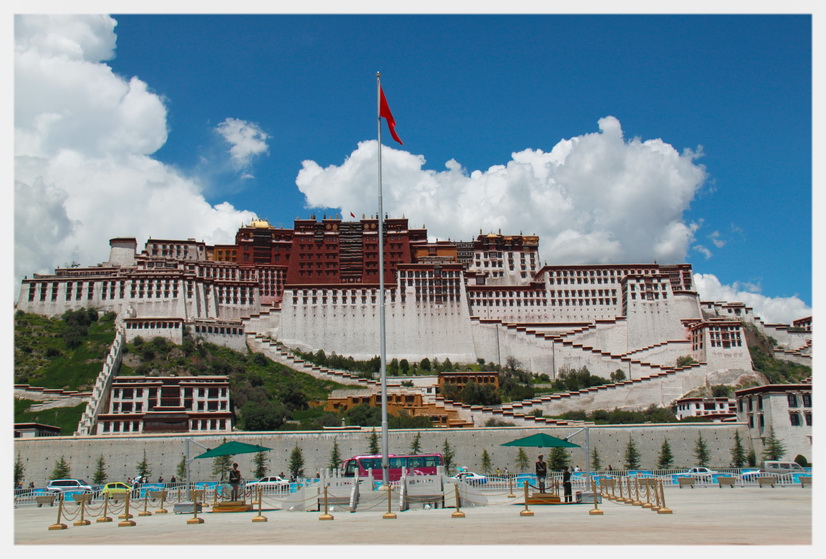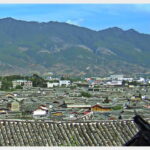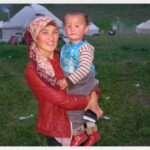Visiting Tibet involves some unique considerations due to its high altitude and special travel regulations. Here’s a general guide on how to plan a trip to Tibet:
Permits and Regulations:
Obtain the required permits: Foreign travelers need both a Chinese visa and a Tibet Travel Permit to visit Tibet. The Tibet Travel Permit can only be arranged through a registered travel agency in China.
Join an organized tour: Independent travel in Tibet is generally not allowed for foreign tourists. You must book a tour through a registered travel agency that arranges the necessary permits, transportation, and accommodations.
Choosing a Tour
Research tour agencies: Look for reputable travel agencies that specialize in Tibet tours. Read reviews and consult with them to plan your trip according to your preferences.
Access
Entry points: Most travelers enter Tibet via Lhasa, the capital city. You can fly to Lhasa Gonggar Airport or take a train from mainland China (such as the Qinghai-Tibet Railway).
Altitude Preparation
Acclimatization: Tibet has high altitude areas, including Lhasa, which is over 3,600 meters (11,800 feet) above sea level. To prevent altitude sickness, take it easy during the first few days and stay hydrated.
Itinerary
Plan your destinations: Decide which places in Tibet you want to visit. Popular destinations include Lhasa, Shigatse, Gyantse, and Mount Everest Base Camp.
Accommodation
Accommodation options: Tibet offers a range of accommodations, from luxury hotels to guesthouses and even camping options at some sites.
Climate
Weather considerations: Tibet has varying climates due to its diverse geography. Research the weather of the specific places you plan to visit and pack accordingly.
Cultural Etiquette
Respect local customs: Tibetan culture is deeply rooted in Buddhism. Dress modestly when visiting monasteries or religious sites, and be respectful of local customs and traditions.
Health Considerations
Health precautions: Consult your doctor before traveling to Tibet, especially if you have any pre-existing health conditions. Carry necessary medications and a first-aid kit.
Photography
Photography restrictions: Some monasteries and religious sites might have restrictions on photography. Always ask for permission before taking photos of people.
Language
Language barriers: While Mandarin Chinese is widely spoken, Tibetan is also spoken in many areas. Basic knowledge of common phrases can be helpful.
Environmental Consciousness
Respect nature: Tibet is ecologically fragile. Practice responsible tourism by not littering and respecting wildlife.
Travel Insurance
Get travel insurance: Make sure your travel insurance covers medical expenses at high altitudes and any unexpected travel changes.
Remember that travel regulations and conditions in Tibet can change, so it’s important to check the latest requirements and guidelines before planning your trip. Working with a reputable travel agency is crucial to ensure a smooth and enjoyable visit to this breathtaking region.
If you have any questions or queries, then please feel free to drop us a line.



